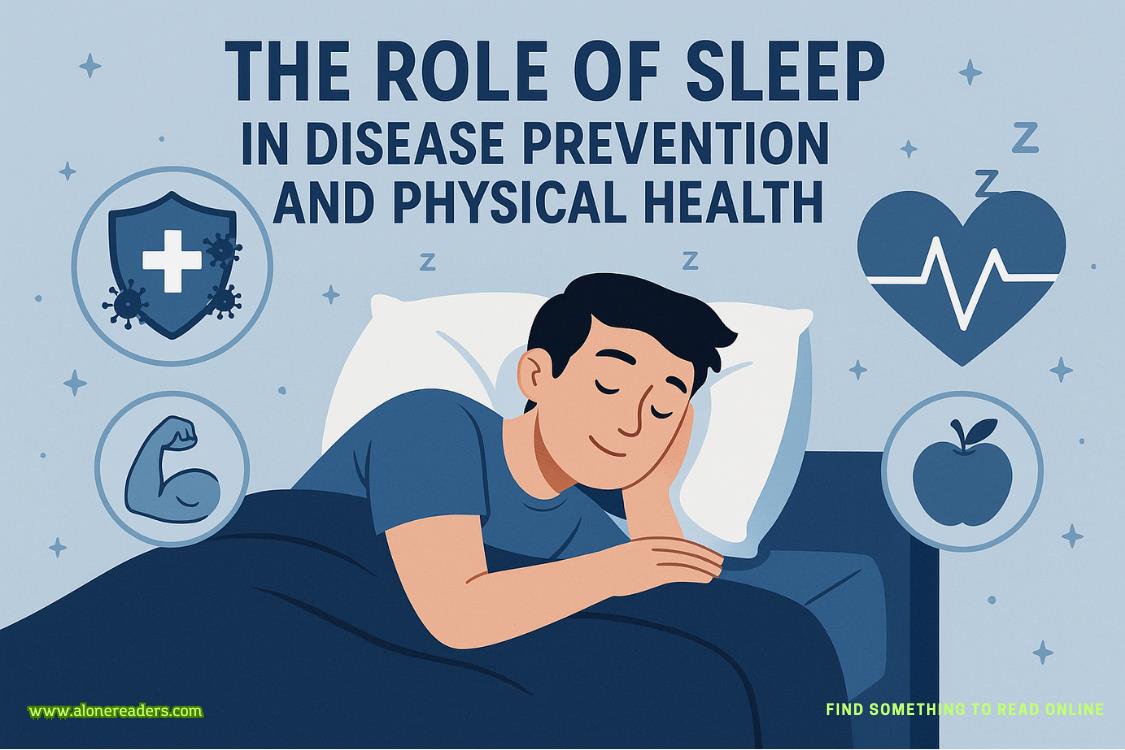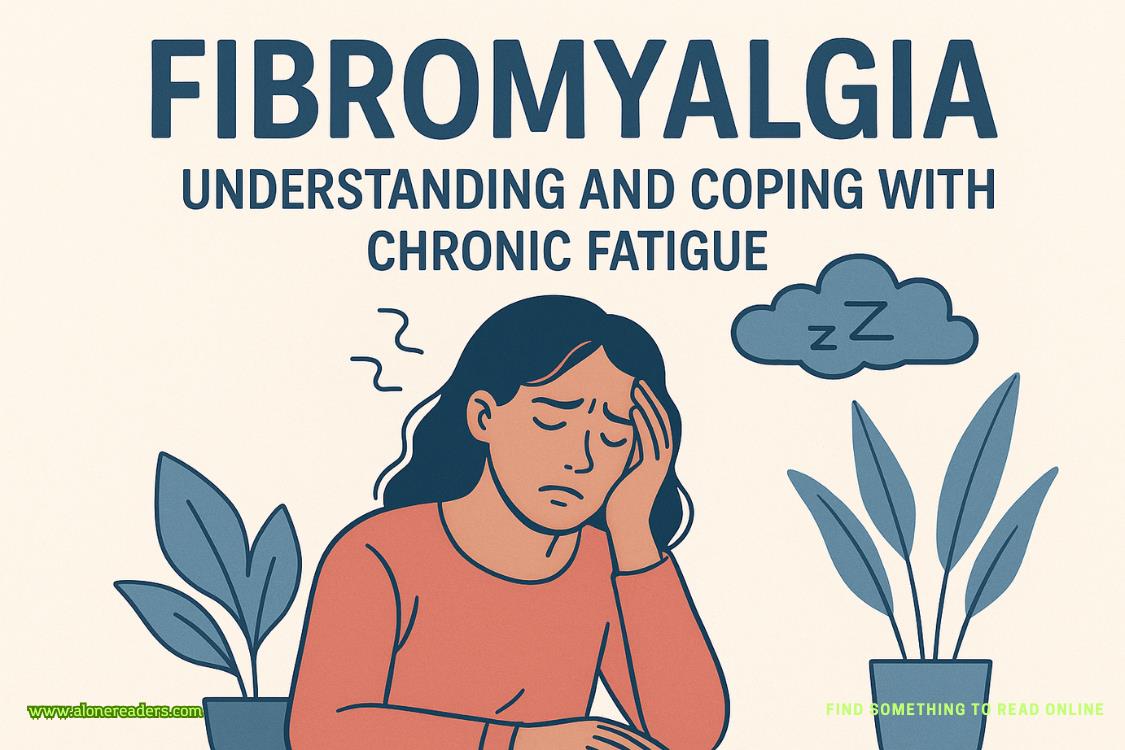Page 27 of The Cabinet of Dr. Leng
“There should be footprints. Let’s go.”
“Now?” asked Pologna. “Shouldn’t we get an ERT out here?”
Coldmoon looked at him. Getting an FBI Evidence Response Team out there would take days, red tape, and all kinds of hassles, while whatever evidence existed would be blowing away.
“Yes. Now. Meanwhile, that bench is accessible on the right—there’s an easy route up.”
Coldmoon led the way, the others following reluctantly. Very reluctantly. Coldmoon was starting to get irritated. When they reached the base of the opposite cliffs, where a ridge led up to the bench from the canyon floor, LaPointe said, “I’ve got a heart condition. Mind if I stay here?”
Coldmoon looked at him. He didn’t look like a guy with a heart condition. “Fine.” He glanced at Wilcox. “You good with this?”
She, too, looked uneasy. “I might stay here with Commander LaPointe. That looks a little dangerous.”
Coldmoon glanced up the broad, gentle slope to the bench. He shook his head. “Suit yourself. Pologna?”
“I’m good.”
They started up and quickly reached a sandy area, where human footprints were clearly visible, softened by two days of wind. A single person. Too blurred to be worth casting. Coldmoon took a series of photos. As they continued climbing, the outcrop of pipestone slowly became more exposed until they reached a large fallen rock. Behind it was a sandy area with a cluster of confused prints. Coldmoon took more photos. He crouched behind the rock and peered at the outcrop on the opposite side of the canyon—a perfect vantage point.
“This is where the shooter was,” he said, examining the rock for any trace evidence: hairs, fibers, a cigarette butt.
“No doubt.” Pologna was looking around, too. “Hey!”
Coldmoon turned. Pologna was reaching down to collect something wedged in the sand.
“Whoa, there,” said Coldmoon, coming over. And there it was: a shell casing. “Let’s photograph that sucker first.”
“Right.”
Coldmoon took a series of photos from every angle, then picked up the shell with rubber tweezers and dropped it into a test tube.
“Good work, partner,” he said, glad that Pologna had made the discovery. Maybe this would draw him into caring more about the case than he seemed to. At least he appreciated the guy’s silence. A partner who talked nonstop was a nightmare.
“Thanks.”
“Where does this Running guy live?”
Pologna chewed his lip for a moment. “Let’s find out.”
18
D’AGOSTA TOOK Atentative sniff. It was true: somehow, he’d grown accustomed to the stink of the museum.
“We’ve got to remove that whole thing,” D’Agosta said to Cartwright, indicating the freezer door. “It’s evidence.”
“Impossible!” Cartwright said. “We can’t let things unfreeze in there. Those elephant skins have been frozen for over a century!”
“I’m sorry,” said D’Agosta, “we have to establish chain of custody for this door, and right away. Can you move the stuff to another freezer?”
“Those elephant skins weigh over a ton apiece.” Cartwright turned toward a man standing across the corridor with the others—evidently museum employees. “Ivan, can you come here, please?”
Ivan was short and round, with mussed hair, a rumpled suit, thick glasses, and a high, domed forehead as smooth as polished ivory.
“This is Dr. Ivan Mussorgsky,” said Cartwright, “chairman of the Mammalogy Department. The lieutenant,” Cartwright continued, “wants to remove this door. I’m trying to explain how important it is that we maintain the freezer’s integrity.”
Mussorgsky turned his bespectacled eyes, magnified alarmingly, in D’Agosta’s direction. When he spoke, the voice was startlingly deep and carried quiet authority. “Not a problem. I’m sure our staff can jury-rig a temporary door in an hour or two. That should suffice until I can order another.”
D’Agosta felt a surge of gratitude for this small, disheveled man who actually seemed willing to be helpful. “Thank you,” he said. “That’s much appreciated.”















